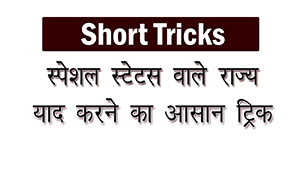Problems on Trains Questions Answers Formulas, Tips and Tricks
1. Problem on trains Formulae and Important facts
1. Conversion from km/hr to m/s
xkm/hr=(x∗518)m/sec
2. Conversion from m/s to km/hr
xm/sec=(x∗185)km/h
3. Time taken by a train of length l metres to pass a pole or standing man or a signal post is equal to the time taken by the train to cover l metres.
4. Time taken by a train of length l metres to pass a stationery object of length b metres is the time taken by the train to cover (l + b) metres.
5. Suppose two trains or two objects bodies are moving in the same direction at u m/s and v m/s, where u > v, then their relative speed is = (u - v) m/s.
6. Suppose two trains or two objects bodies are moving in opposite directions at u m/s and v m/s, then their relative speed is = (u + v) m/s.
7. If two trains of length a metres and b metres are moving in opposite directions at u m/s and v m/s, then:
The time taken by the trains to cross each other
(a+b)(u+v)sec
Please note this is just formula of time which is distance upon speed.
We are just adding two distances and two speeds
8. If two trains of length a metres and b metres are moving in the same direction at u m/s and v m/s, then:
The time taken by the faster train to cross the slower train = (a+b)(u−v)sec
Please note as trains are moving in the same directions so we used (u-v)
9. If two trains (or bodies) start at the same time from points A and B towards each other and after crossing they take a and b sec in reaching B and A respectively, then:
(A′sspeed):(B′sspeed)=(√b:√a)














